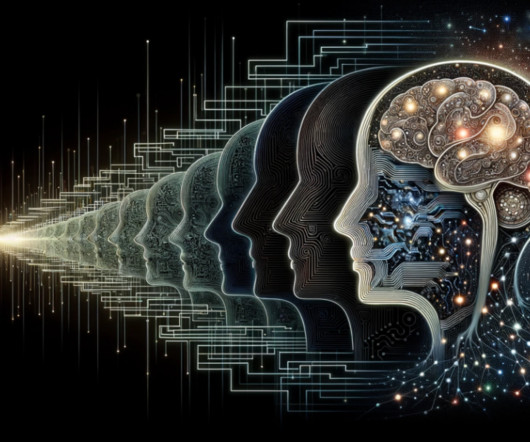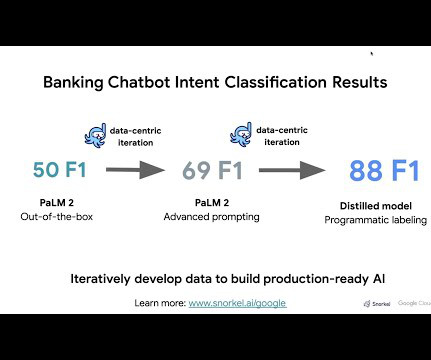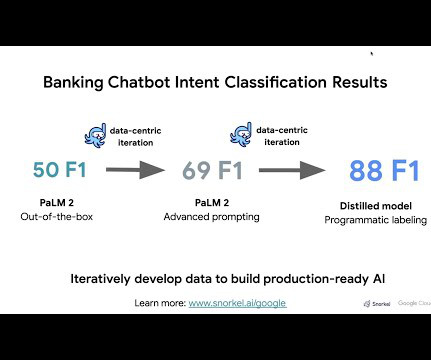How to responsibly scale business-ready generative AI
IBM Journey to AI blog
JUNE 26, 2023
Possibilities are growing that include assisting in writing articles, essays or emails; accessing summarized research; generating and brainstorming ideas; dynamic search with personalized recommendations for retail and travel; and explaining complicated topics for education and training. What is generative AI?



















Let's personalize your content